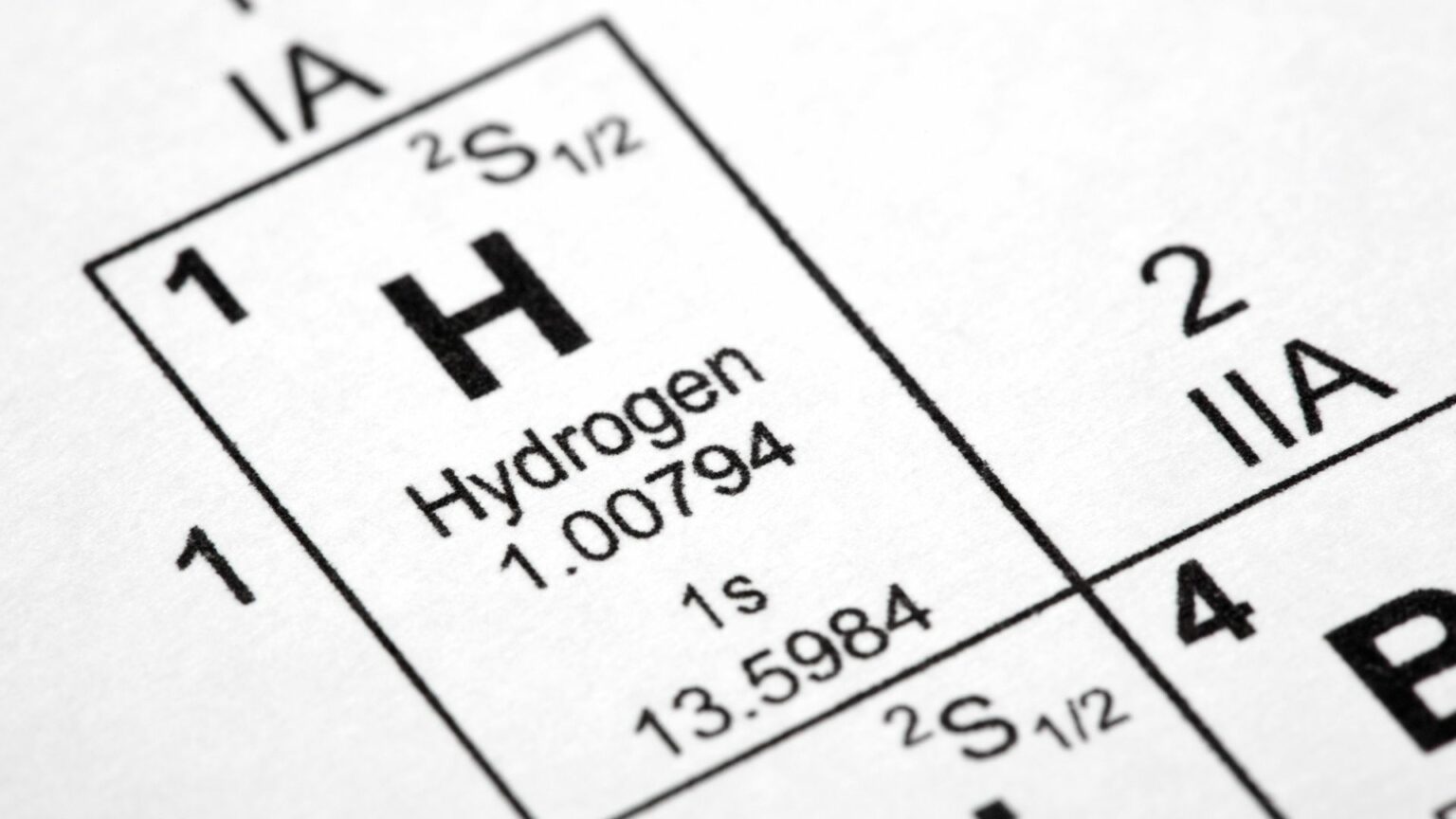The International Energy Agency (IEA) outlines an ambitious vision, estimating that global hydrogen consumption must surge to 150 million tonnes by 2030, a substantial increase from the current 95 million tonnes in 2022.
This surge is deemed crucial for achieving the ambitious net-zero emissions goal by 2050. However, the challenge lies not only in boosting hydrogen demand but also in diversifying its consumption, particularly in sectors like transportation and aviation that have not embraced hydrogen at scale.
The primary goal is clear: to transition from the prevalent ‘grey’ hydrogen, produced from fossil fuels, to more sustainable ‘green’ and ‘blue’ hydrogen. Presently, less than 1% of hydrogen consumed is considered clean or low-emission. The IEA emphasizes the need to shift 40% of global hydrogen demand by 2030 to alternative sectors, including transportation, power generation, buildings, and various industrial applications.
Major hydrogen consumption currently stems from the refining and industrial sectors, particularly in refining and fertilizer production. The challenge is to replace grey hydrogen with cleaner alternatives in these sectors. ‘Green’ hydrogen, produced through emissions-free processes using renewable energy, holds significant promise. However, substantial investments and infrastructural changes are necessary to make this transition.
While technology for hydrogen use in transportation, particularly Fuel Cell Electric Vehicles (FCEVs), exists, its adoption remains limited. Battery Electric Vehicles (BEVs) have gained more traction due to factors like government subsidies, simpler charging infrastructure, and declining lithium-ion battery costs. Despite the dominance of BEVs, heavy-duty transportation, especially in logistics, could emerge as a promising sector for hydrogen demand, thanks to quicker refueling stops and longer ranges offered by FCEVs.
Hydrogen’s adoption in aviation and shipping encounters challenges related to costs and supporting infrastructure. Sustainable aviation fuels (SAFs) created using low-emission hydrogen face scalability and cost hurdles. While trials for hydrogen combustion in aircraft are underway, various challenges, including safe storage and high costs, hinder widespread use. In shipping, interest lies in ammonia-based fuels, offering higher energy density than hydrogen but presenting emissions challenges.
Exploring hydrogen’s potential in industrial sectors beyond current applications, such as direct reduced iron (DRI) production, opens new avenues. However, challenges like energy losses during conversion and the prominence of existing low-emissions technologies in power generation and building heating present barriers. Government support and a balanced approach to both hydrogen production and demand creation are deemed essential.





